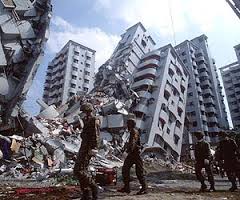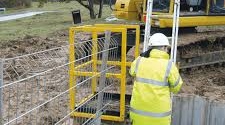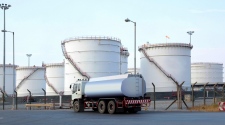Seismic retrofitting is a new age technology, which is all about modifying the existing foundation and other structural components to make buildings resistant to seismic activities, soil failure, and ground motions. By better assessing the seismic demands for structures and in light of the recent earthquakes at urban centers in US, retrofitting experts suggested the needed strengthening modalities and accomplish it with perfection.
Earthquake engineering is the field specializing in seismic retrofitting of structures, which consists of alteration of the existing structures to gain resistance to tremors and other seismic activities. Retrofit is widely popular and extensively practiced at active seismic zones now. There are expert seismic retrofitting Los Angeles providers who can analyze your needs and offer you’re the needed advice for retrofitting.
Seismic Retrofitting Procedures
Seismic retrofitting is a specialty in construction engineering, which focuses on strengthening the existing structures to enhance their endurance and tolerance. Retrofitting is achieved by administering structural enhancements, which can prevent any damage to the building, people, and the equipment.
In the highly seismic prone zones, retrofitting becomes essential for all structures including high rises, overpasses, bridges, roads, and tunnels etc. While seismic retrofitting is administered on existing structures, the new buildings need to meet compliance over set regulations of seismic standards.
The seismic retrofitting Los Angeles experts can execute it on concrete masonry, non-reinforced masonry, concrete tilt-up constructions, and soft story. Soft story buildings are basically multi-story buildings, which have abundant open space with tilt-up concrete construction. As concrete tilt-up walls are heavier, seismic retrofitting becomes essential in these types of buildings. The objective of retrofitting on concrete tilt-up structures is to prevent the separation of roof from the walls.
Varieties of Seismic Retrofitting
There are different categories of seismic retrofitting, and the administration of an adequate process depends on the purpose of retrofitting. The most popular model of retrofitting is public safety retrofit, which consist of structural reinforcement aiming to save human life in case of an earthquake. Such retrofitting is administered on the structures which are not extremely expensive and a complete rebuild is not advisable.
A lower-level retrofitting is chosen to ensure the endurance of a structure to survive earthquakes, though some repair may be needed after an attack. Extensive retrofit will be essential for ancient buildings, which are important for their historical and cultural values. Retrofit is commonly performed on buildings, which are extensively high to stand frequent earthquake vibrations. Roads are also given priority in retrofitting, as they need to stand during the time of an earthquake to ensure emergency transportation.
Seismic Retrofitting Los Angeles
There are various techniques used by seismic retrofitting Los Angeles providers for retrofitting of structures. The selection of the technique largely depends on the purpose of retrofit, type of structure, soil conditions of the region, and the cost involved. Even though seismic retrofitting can reduce the damages due to earthquake with scientific modifications, nothing can guarantee fully eliminating the risk of high-frequency seismic waves.
The major modality of retrofitting is the reinforcement of structures with the use of trusses and girders to ensure safety of buildings. Base isolators, supplementary dampers, usage of absorber and baffles are other methods used now in seismic retrofitting.












